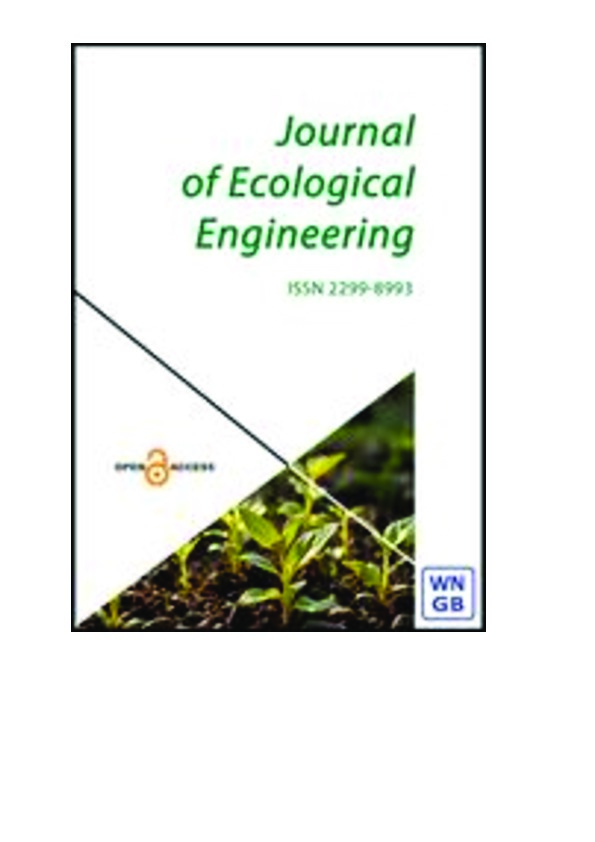id: 38710
Title: The influence of fertilisation systems on the productivity and quality of different varieties of alfalfa (Medicago sativa L.)
Authors: Hetman N., Karbivska U., Hryhoriv Y., Degtyarjov V., Marenych M., Malynka L., Kurhak V., Golodna A., Veklenko Y., Gniezdilova V.
Keywords: alfalfa (Medicago sativa L.), varieties, height, productivity, chemical composition, feed, mineral fertilisers, organic fertilisers.
Date of publication: 2025-04-14 12:41:11
Last changes: 2025-04-14 12:41:11
Year of publication: 2025
Summary: The article investigated the influence of different fertilisation systems on the productivity and quality of Medicago sativa L. of different varieties. The peculiarities of green mass formation and seed yields depending on the use of organic and mineral fertilisers were studied. Changes in quality indicators, such as protein, fibre and other nutrients in plants, were evaluated. The highest productivity of the thickness of Medicago sativa grass was achieved when mowing at the beginning of flowering. On the basis of the yield of dry matter and crude protein, the varieties were ranked in the following order: Rosana, Banat VS, Nasoloda, Unitro, Narechena Pivnochi. The maximum crude protein yield (6.98–7.31 t/ha) was observed during mowing at the early flowering phase, which exceeded the indicators at the budding stage by 0.07–0.60 t/ha. At the same time, the forage harvested at the budding phase had higher protein content, ranging from 193 to 211 g. The research results indicate a significant impact of fertilisation systems on the productivity and chemical composition of Medicago sativa, which is important for optimising agronomic practices in the cultivation of this crop. Adherence to alfalfa cultivation technologies is a key factor in ensuring high productivity of the grass thickness. On the grey forest soils of the Right-Bank Forest-Steppe, the use of alfalfa varieties of different eco-geographical origins allows for the stable production of plant raw materials for high-quality feed in the form of hay, haylage, pellets, or grass meal.
URI: http://socrates.vsau.edu.ua/repository/getfile.php/38710.pdf
Publication type: Статті Scopus/Web of Science
Publication: Journal of Ecological Engineering. 2025. Vol. 26, Issue 4. P. 220-227. DOI: https://doi.org/10.12911/22998993/200031
In the collections :
Published by: Адміністратор
File : 38710.pdf Size : 1368575 byte Format : Adobe PDF Access : For all

| |
|
|